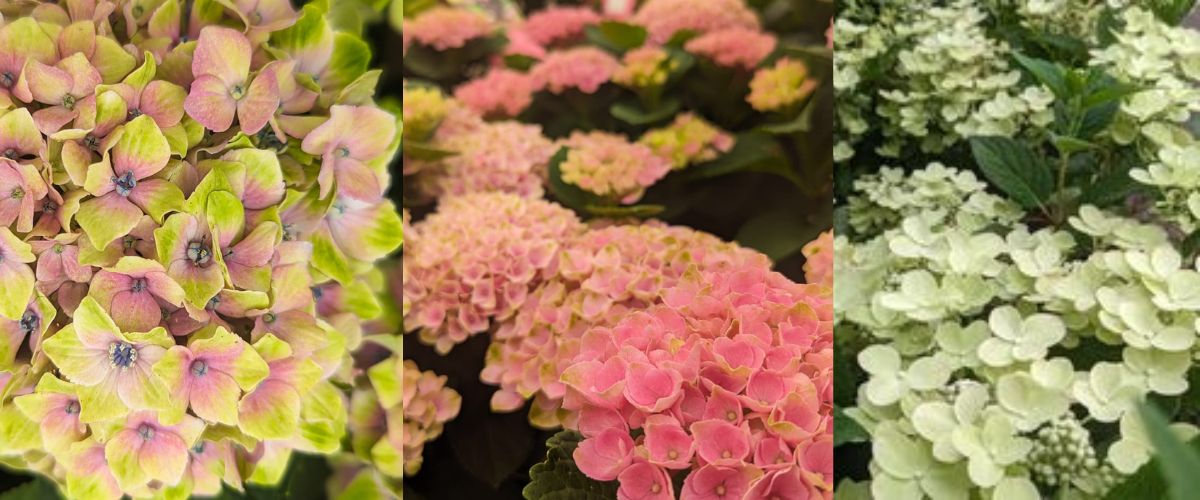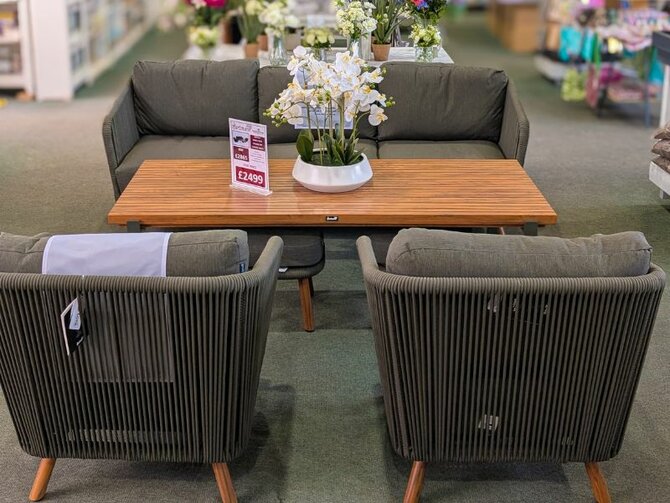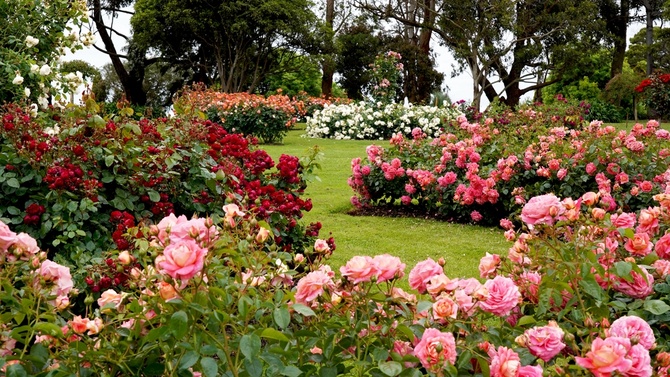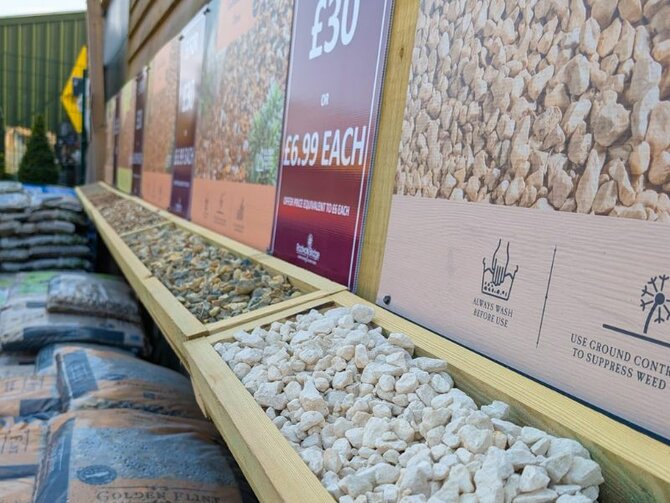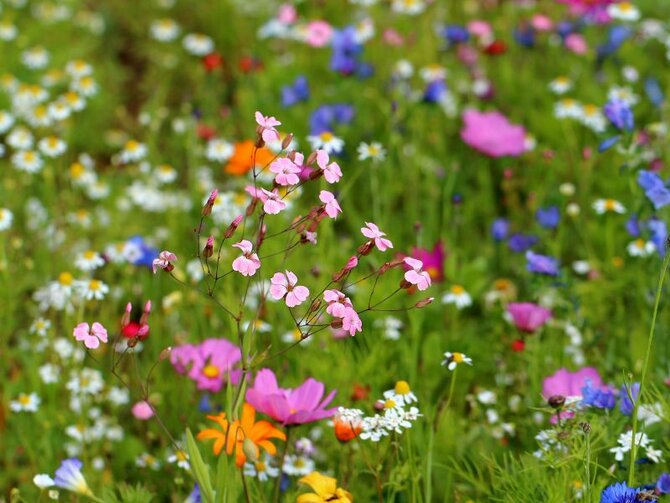
Hydrangeas with their splendid summer flowers are an excellent choice for a semi-shaded area of the garden. Their large handsome leaves enhance their appeal.
The large flowered ‘mophead ’varieties are the most popular types but the ‘lacecap’ varieties with their more delicate flowers are gaining popularity.
An interesting feature of many Hydrangeas is their ability to change the colour of their flowers according to the acidity or alkalinity of the soil. Many varieties growing in neutral or slightly alkaline soil will have pink flowers whereas they will have blue flowers when grown in acid soil. Our local soils tend to be around neutral so if you want blue flowered Hydrangeas, a treatment with our Hydrangea colourant is advisable. The acidity of the soil has no effect on the flower colour of white varieties.
Read on for some more facts and information on this highly versatile plant.
- Hydrangeas are relatively carefree, they like a moist but well drained soil and some shade from strong sunlight. Mulching the soil in spring with bark chips will help to conserve precious moisture and supress weeds. Feeding is not essential, but an application of Vitax Hydrangea feed can enhance growth and flowering. In exceptionally dry periods, the plants may benefit from a thorough watering every few days.
- Hydrangeas can be grown in pots, we recommend the use of a John Innes compost which hold the water and nutrients better than soilless composts. A large pot is preferable to allow for extension growth and to supply water to support growth.
- Most Hydrangeas need minimal pruning: the removal of old flower heads as soon as growth commences in spring is often sufficient but once in a while, old crossing and inward growing stems can be removed at the same time.
- Varieties of Hydrangea paniculata respond to a harder pruning than that given to mophead and lacecap types. . Hard pruning in mid spring encourages vigorous growth leading to masses of large, showy, conical flowers.
- The climbing Hydrangea, Hydrangea anomala subspecies petiolaris is an excellent climber for a north-facing wall. This attractive plant clings to walls and fences by means of aerial roots and so it does not need support. The white flowers in summer are similar to a lacecap Hydrangea and are borne profusely.
- Hydrangeas are an excellent choice for a semi-shaded area of the garden. Their large handsome leaves enhance their appeal. The ‘mophead ’varieties are the most popular types but the ‘lacecap’ varieties with their more delicate flowers are gaining popularity.
- An interesting feature of many Hydrangeas is their ability to change the colour of their flowers according to the acidity or alkalinity of the soil. Those in neutral or slightly alkaline soil will have pink flowers whereas the blue flowers arise when grown in acid soil. Our local soils tend to be around neutral so if you want blue flowered Hydrangeas, a treatment with our Hydrangea colourant is advisable. The acidity of the soil has no effect on the flower colour of white varieties.
With more than 75 species fo Hydrangea to choose from, you are spoilt for choice and, like many gardners, may well end up having several plants gracing your garden and border areas!
Author, Chris Whitelock - Senior RHS Examiner and resident plant expert here at Radway Bridge Garden Centre.

